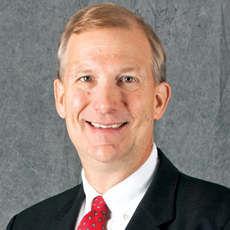
Skilled nursing operators pondering when things would get back to normal need no longer wonder. In many ways, you’re already there — unfortunately.
There have been numerous signs that any accrued sympathy for the most vulnerable environments during the global healthcare crisis have been waning.
It’s not hard to find stories of providers being sued or accused of lapses in care during the pandemic. And there have long been warnings that the flow of extra relief cash from government coffers will be choked off all too soon.
Then came Thursday’s announcement that the Centers for Medicare & Medicaid Services is proposing a 1.3% Medicare Part A pay increase for next year. That $444 million raise is nothing to sneeze at, but it’s also several hundred mil shy of what providers usually are left to sprinkle over their communities.
On top of that, regulators also proposed an array of other possibly ominous provisions in the fiscal 2022 rule. True, CMS sympathetically noted that this coronavirus bug seems to have set everything off kilter, so the agency didn’t immediately make any Payment Driven Payment Model cutbacks.
But it made clear that the status quo is not satisfactory. It duly pointed out that its supposed payment-neutral system had overpaid by about 5% — or $1.7 billion (spelled with a “b”). The number itself might be an eye-opener, but the premise that you can’t continue raking in what wasn’t intended for you in the first place isn’t news to anybody who’s been watching for a minute or more over the last two years.
CMS is, however, at least asking you how the budget amputations should take place. They’ll expect those comments by June 7, no guarantees that they’ll be heeded, thank you. The main intrigue, in fact, is going to be just how blunt the instrument will be to carve the so-called fat from the program. (This isn’t even going into detail about the projected value-based purchasing losses and other belt-tightening proposals tucked into the many-pronged rule that came out Thursday.)
So in other words, we are getting back to normal, aren’t we? Worries about funding, increased regulatory oversight and, oh yes, there’s also that little matter of being scrutinized worker COVID-19 vaccination rates. One of Thursday’s many proposals is for mandated SNF reporting to start Oct. 1.
Perhaps it was just coincidence that a week ago in this space I wondered how the Department of Health and Human Services could provide all those provider vaccination clinics and not track what good they might be doing. HHS’s official line was that it neither agreed nor disagreed with an Office of Inspector General report calling for better accounting in this regard. Reminder not to play poker with these guys.
So, mounting payment, regulatory and potential legal pressures? And a sense that worse may be yet to come? Yes, it does sound like things are getting back to normal.
Follow Executive Editor James M. Berklan @JimBerklan.



